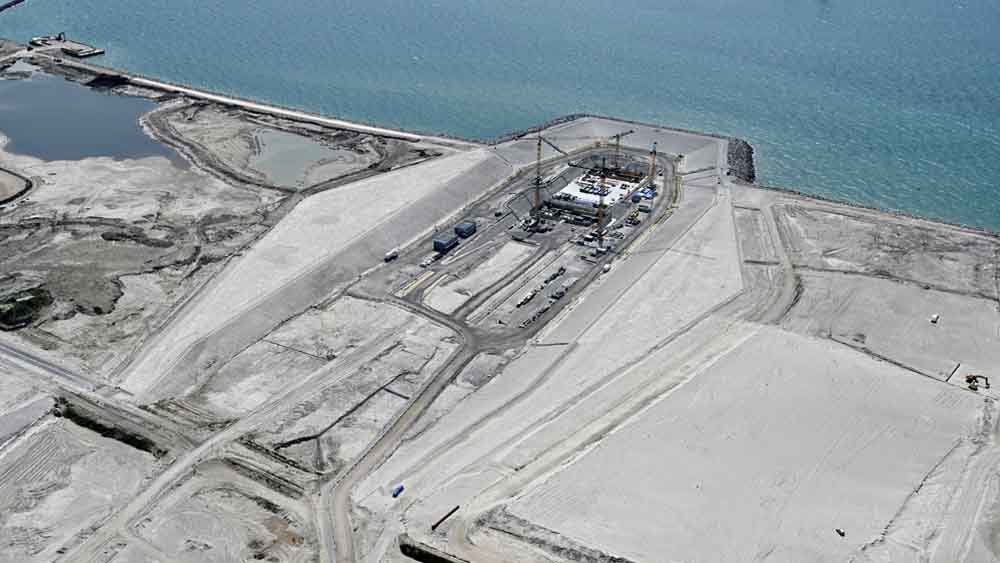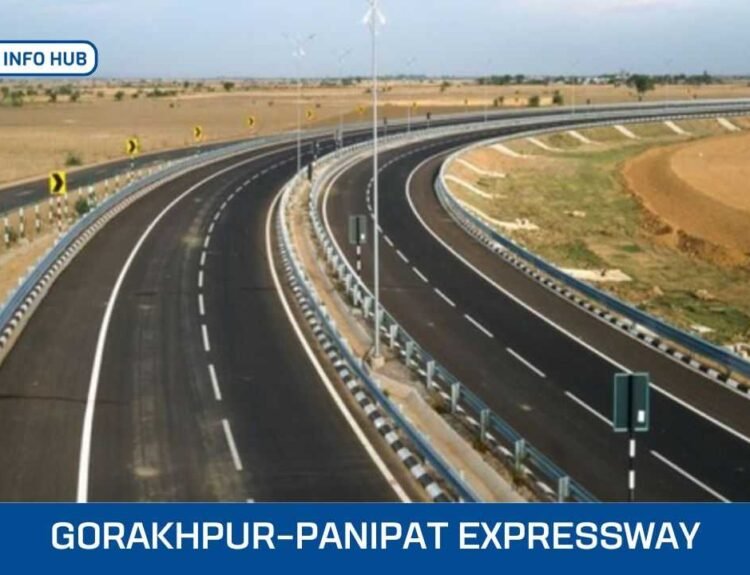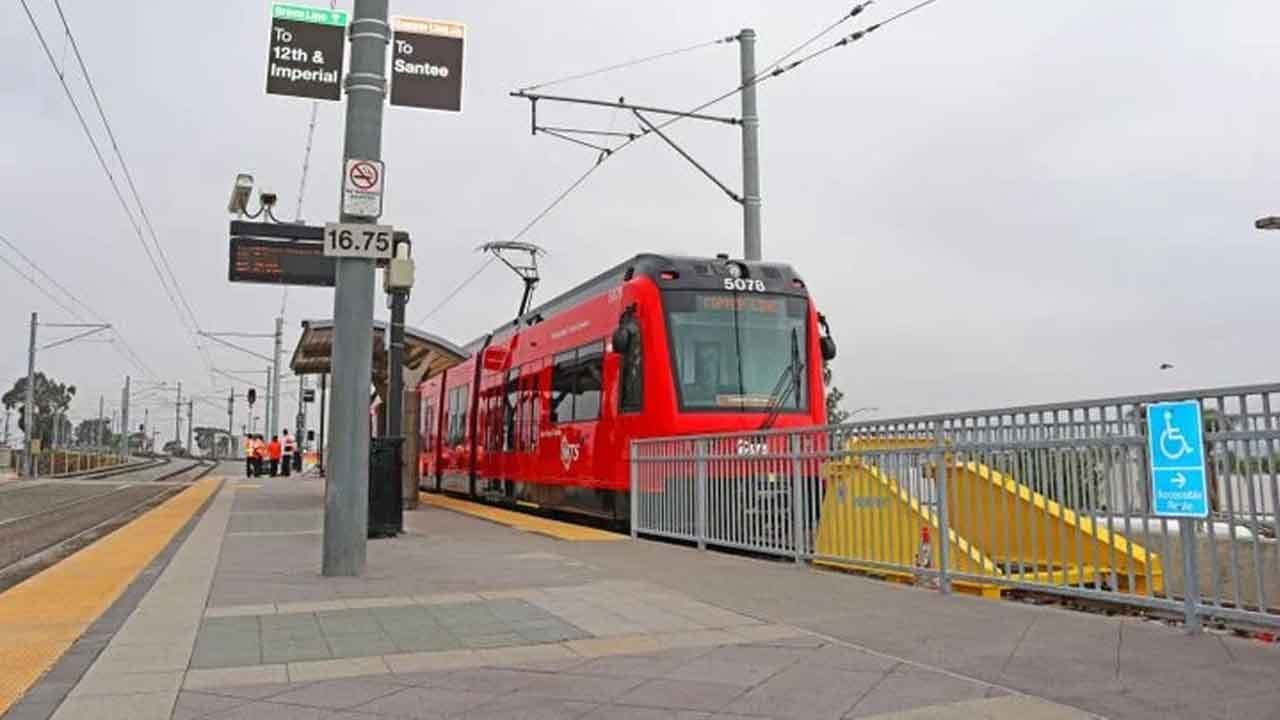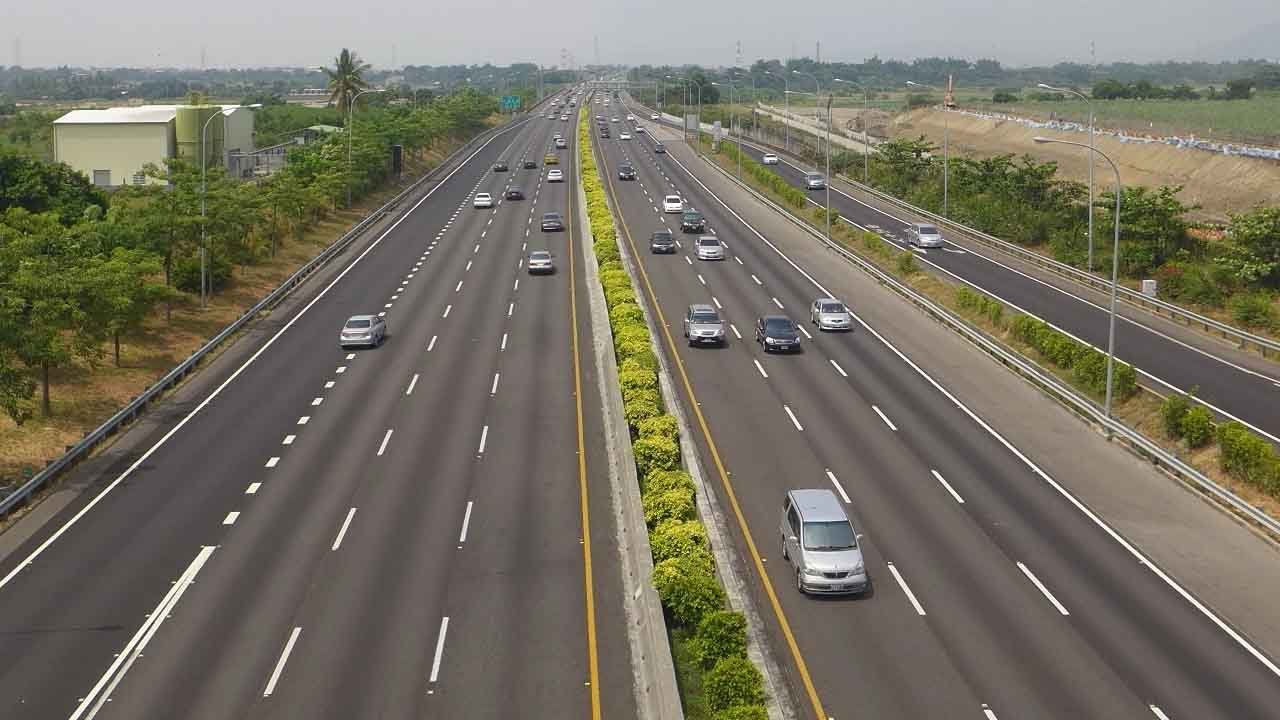Germany and Denmark are moving towards building the world’s longest underwater rail and road tunnel. Denmark’s King Frederik X inaugurated the first section of the 18-kilometre-long Fehmarnbelt tunnel.
The project has an estimated value of 4.8 billion euros. The opening of the Fehmarnbelt link in 2029 will significantly reduce travel times across the Baltic Sea. The current ferry crossing time of 45 minutes by train will be reduced to just seven minutes, while the journey by car will be completed in 10 minutes.
The tunnel will connect Rødby in Denmark to Puttgarden in Germany, with further road and rail links to Central Europe and the Nordic countries.
According to Euro News, Sund & Baelt, the company building the Fehmarn Link, claims it will be the world’s longest submerged tunnel, with four lanes of car traffic and electrified train tracks.
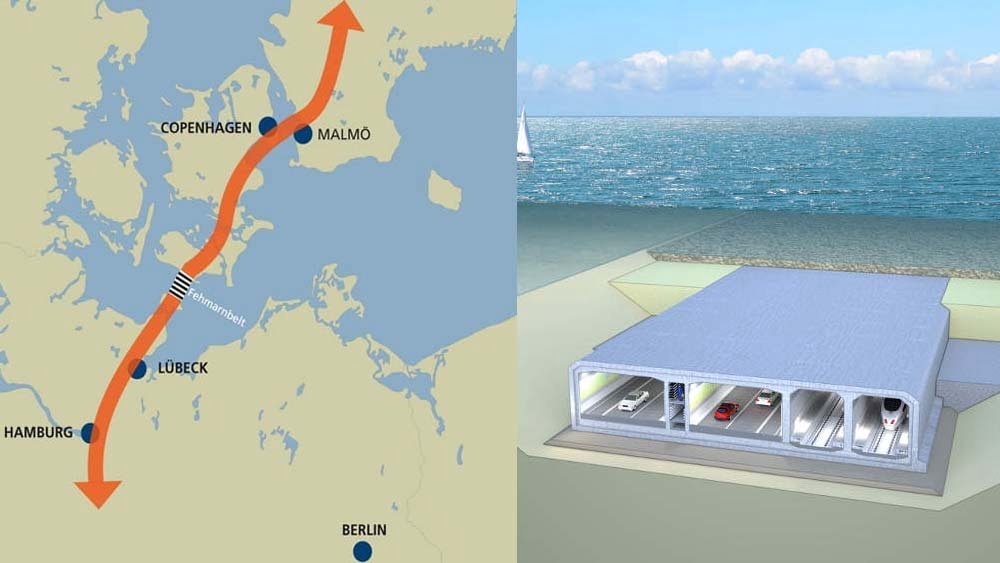
In 2011, it was decided to build a submerged tunnel to link the southern Danish island of Lolland with the northern German island of Fehmarn. Work on the German side began in July 2021 and the Danish side in July 2022.
The tunnel consists of 89 concrete elements being built at Rødbyhavn in Lolland, northern Europe’s largest construction site. The first element was put in place in May.
The underwater rail tunnel linking Denmark and Germany will take a 7-minute ferry ride instead of 45 minutes.
Frederik unveiled a plaque at the entrance to the first 217-metre section of the tunnel, which will be submerged in a seabed trench on the Danish side later this year. He dropped a coin on his effigy into a time capsule filled with material donated by those who made the concrete elements.
Sund & Baelt, the company building the Fehmarn Link, claims that this submarine tunnel will be the longest. It will also have an electrified train track. Cars will be able to cross the Baltic Sea in 10 minutes on four lanes and trains in seven minutes.
The total cost of the tunnel will be 55.1 billion kroner (€4.8 billion) for the Fehmarn Link. Later, the Danish government will set toll fees for the tunnel that users will have to pay.
Denmark has recently built road and rail links between neighboring Sweden and two large Danish islands.
In 2000, a bridge and tunnel link was built across the Øresund Strait to connect Copenhagen with Malmö, Sweden’s third-largest city. In 1998, road traffic began between Copenhagen and Odense, Denmark’s third-largest city, which also includes Zealand and Odense. Train service had begun there a year earlier.

